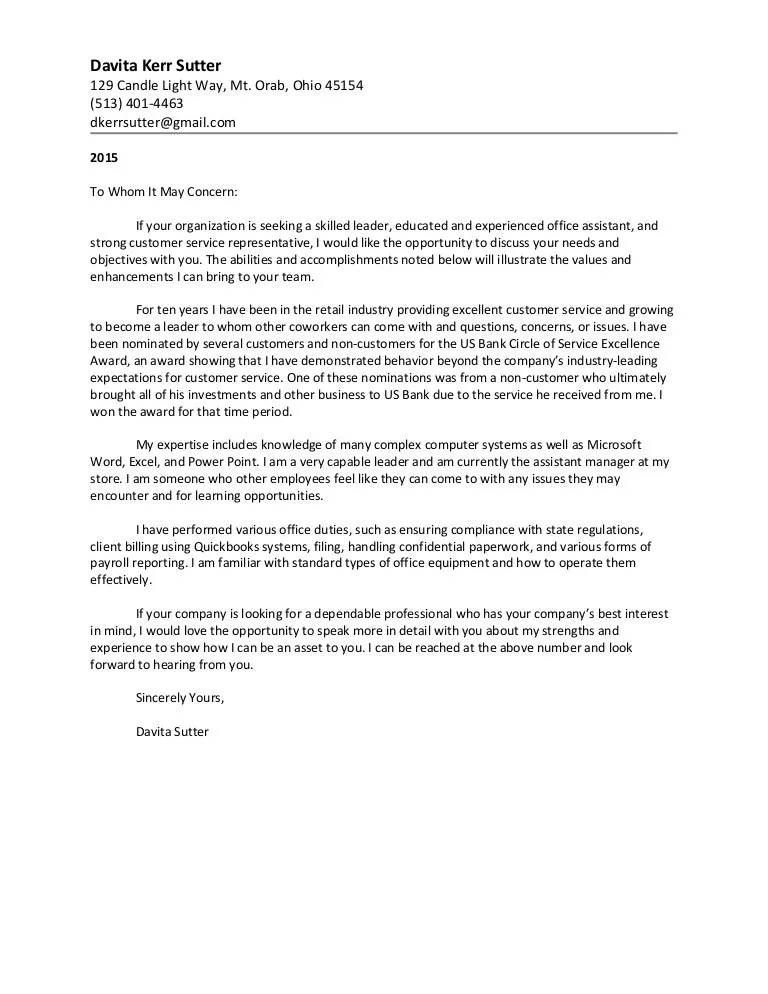What is a LinkedIn Cover Letter (and Why You Need One)
A LinkedIn cover letter is a customized message you send to a potential employer or recruiter via LinkedIn. Unlike a generic email, it’s tailored to the specific job and company. It’s a chance to introduce yourself, highlight relevant skills and experience, and explain why you’re a great fit for the role. Many job seekers overlook this important step, missing out on opportunities to make a strong first impression and differentiate themselves from other applicants. A well-crafted LinkedIn cover letter can significantly boost your chances of landing an interview and ultimately securing your dream job. It’s your opportunity to move beyond the basics of your resume and truly connect with the hiring manager.
Benefits of Using a LinkedIn Cover Letter
Using a LinkedIn cover letter offers several advantages. First, it allows you to expand on your resume and provide more context to your achievements. You can elaborate on your skills, experiences, and accomplishments, giving the hiring manager a clearer picture of your capabilities. Second, a well-written cover letter demonstrates your genuine interest in the specific role and company. This proactive approach sets you apart from other candidates who may only submit their resumes. Moreover, a cover letter showcases your communication skills, demonstrating your ability to articulate your thoughts and ideas effectively. Finally, it provides a chance to address any potential gaps in your resume or explain career transitions, ensuring that your application is complete and compelling.
Key Elements of a Compelling LinkedIn Cover Letter
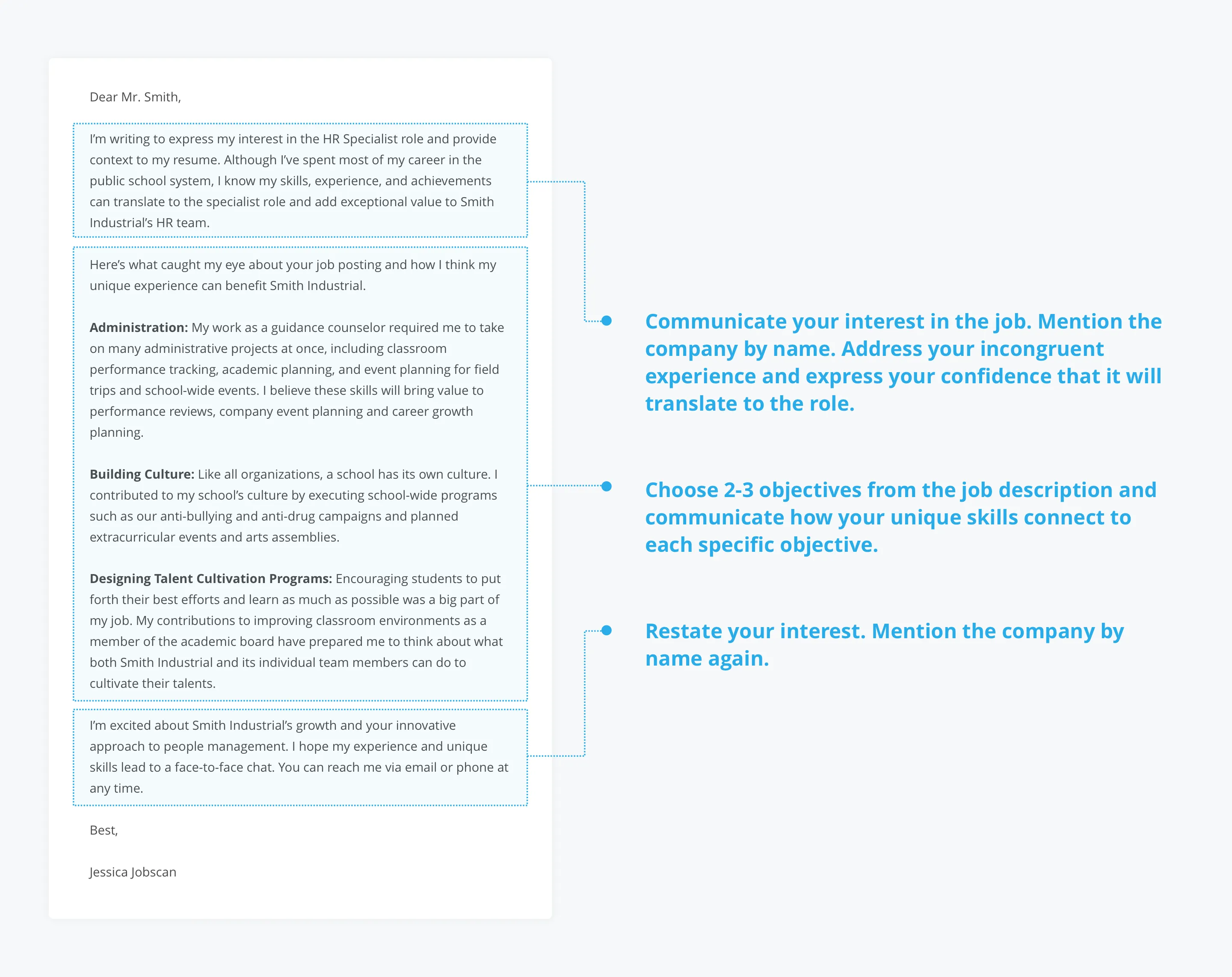
A compelling LinkedIn cover letter should include several key elements to maximize its impact. Begin with a professional header, including your contact information, and the date. Follow this with a personalized salutation, addressing the hiring manager or recruiter by name whenever possible. The hook and introduction should immediately grab their attention, stating your interest in the role and showcasing your relevant skills and experience. Throughout the letter, highlight your skills and experience, tailoring your letter to the specific job requirements. Showcasing your achievements with numbers and data adds credibility. Express enthusiasm and cultural fit, demonstrating why you’re a good match for the company. Include a clear call to action, encouraging the reader to contact you. Conclude with a polite closing, thanking them for their time and consideration.
Professional Header
Your header should provide your contact information, including your name, phone number, email address, and, optionally, your LinkedIn profile URL. This allows the recipient to easily reach you. Ensure that the information is accurate and up-to-date.
Personalized Salutation
Address the hiring manager or recruiter by name. Researching the hiring manager’s name adds a personal touch to the letter. If you can’t find a name, use a professional greeting, such as ‘Dear Hiring Manager’ or ‘Dear [Company Name] Team’.
Hook & Introduction (Grabbing Their Attention)
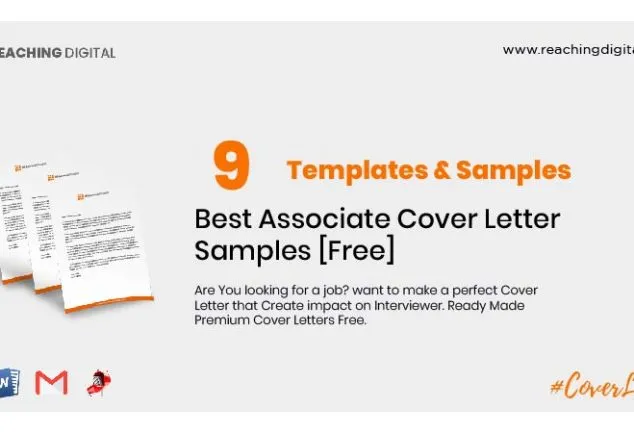
Start with a strong hook to capture the reader’s attention. Highlight your key skills, experiences, or the position you are applying for. Clearly state your interest in the role and company. Briefly mention why you are a good fit and what you can bring to the table. This initial paragraph should immediately establish your value and make the reader want to continue reading.
Highlighting Relevant Skills and Experience
Focus on skills and experiences relevant to the job description. Use keywords from the job posting to demonstrate you meet the requirements. Provide specific examples of how you’ve used these skills in the past. Connect your experience to the company’s needs and goals. Demonstrate how your qualifications align with the position.
Tailoring Your Letter to the Job
Customize your letter for each job application. Review the job description carefully and tailor your language. Use keywords and phrases from the job posting. Research the company and highlight how your values align with theirs. Show, don’t tell, by providing specific examples. Demonstrate your understanding of the company’s needs and objectives.
Showcasing Achievements with Numbers
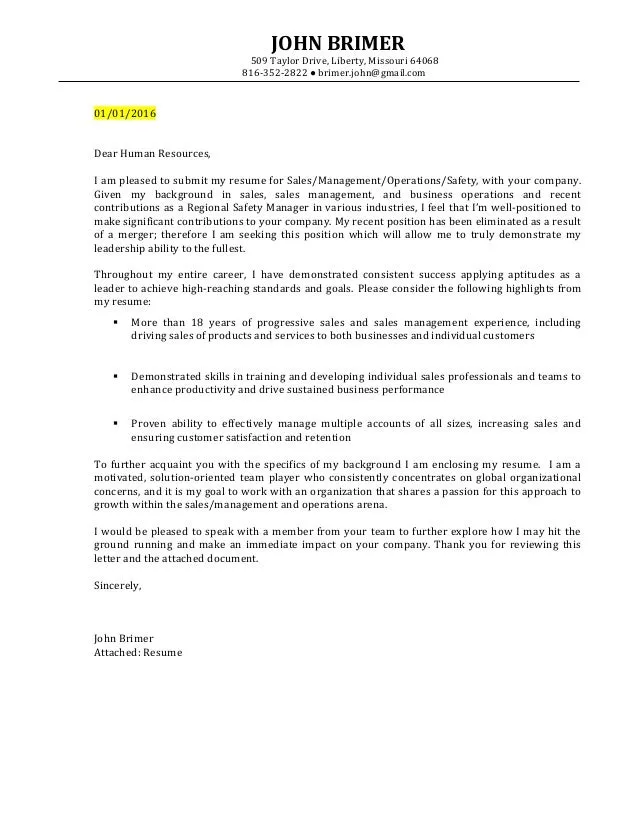
Quantify your accomplishments whenever possible. Use numbers, percentages, and data to show the impact of your work. For example, instead of saying you ‘improved customer satisfaction,’ state that you ‘increased customer satisfaction by 15%.’ Quantifiable results demonstrate your value and make your accomplishments more impactful.
Expressing Enthusiasm and Cultural Fit
Show genuine enthusiasm for the role and the company. Research the company’s culture and values and align your message. Demonstrate why you’re excited about the opportunity. This helps show the hiring manager that you’re a good fit and committed to the role.
Call to Action (Encouraging Contact)
Include a clear call to action, such as ‘I am eager to discuss my qualifications further in an interview’ or ‘I am available for an interview at your earliest convenience.’ Make it easy for the hiring manager to take the next step. Providing your contact information and expressing your availability encourages them to reach out.
Polite Closing
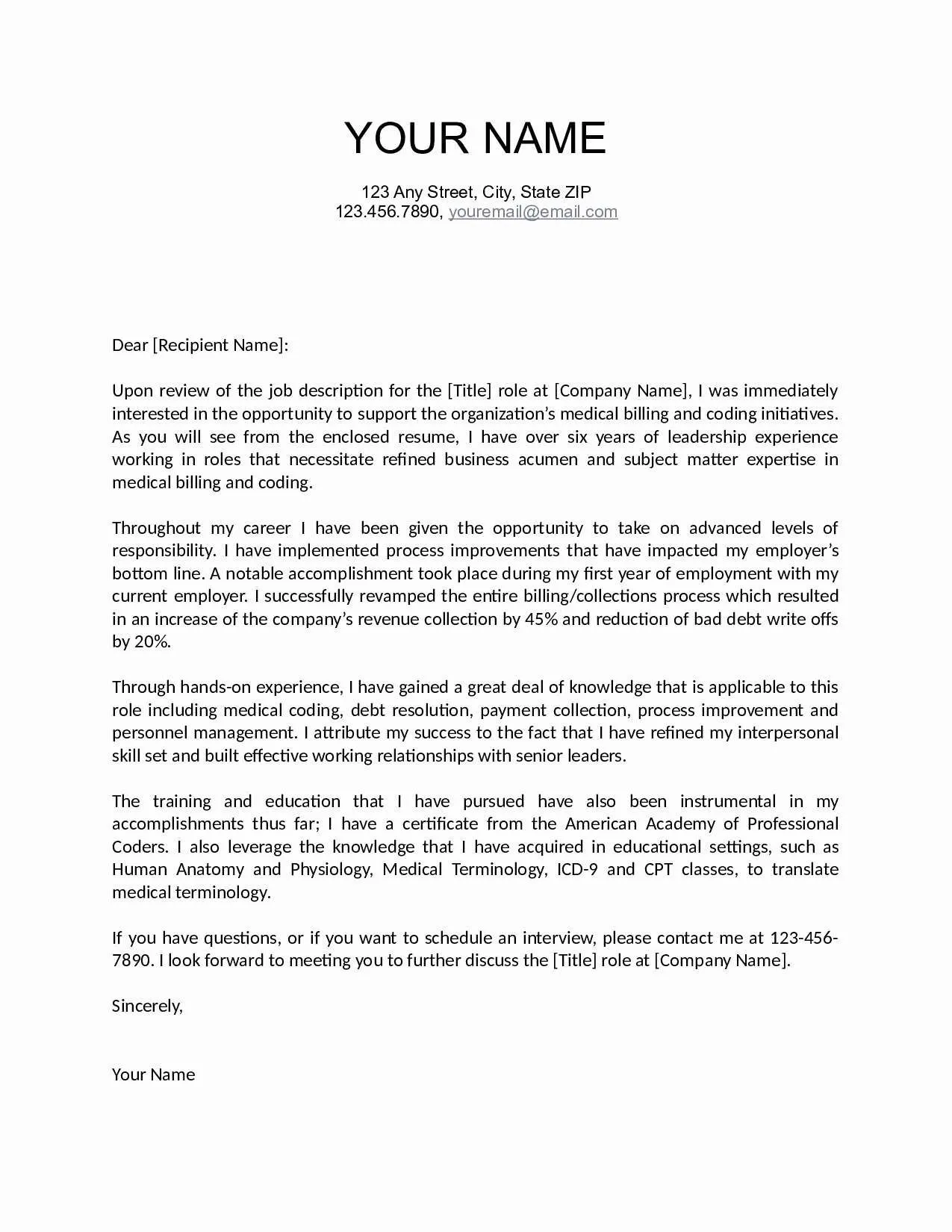
End your letter with a professional closing, such as ‘Sincerely,’ or ‘Best regards.’ Thank the reader for their time and consideration. Reiterate your interest in the role and your availability for an interview.
How to Find LinkedIn Cover Letter Examples
Finding the right examples is crucial. The best strategy is to search on LinkedIn and online job boards. Look for examples tailored to your industry or the specific role you are targeting. Pay attention to how the successful letters showcase their value, highlight their accomplishments, and get the reader interested. You can also find several templates online, but it’s important to adapt them to your personal circumstances.
Where to Search for Examples
Explore LinkedIn profiles to find cover letters. Use job boards like Indeed or Glassdoor. Search for professional resume and cover letter services. Look for career blogs and websites that offer examples. These sources provide diverse examples that can inspire your own cover letter.
Analyzing Effective Examples
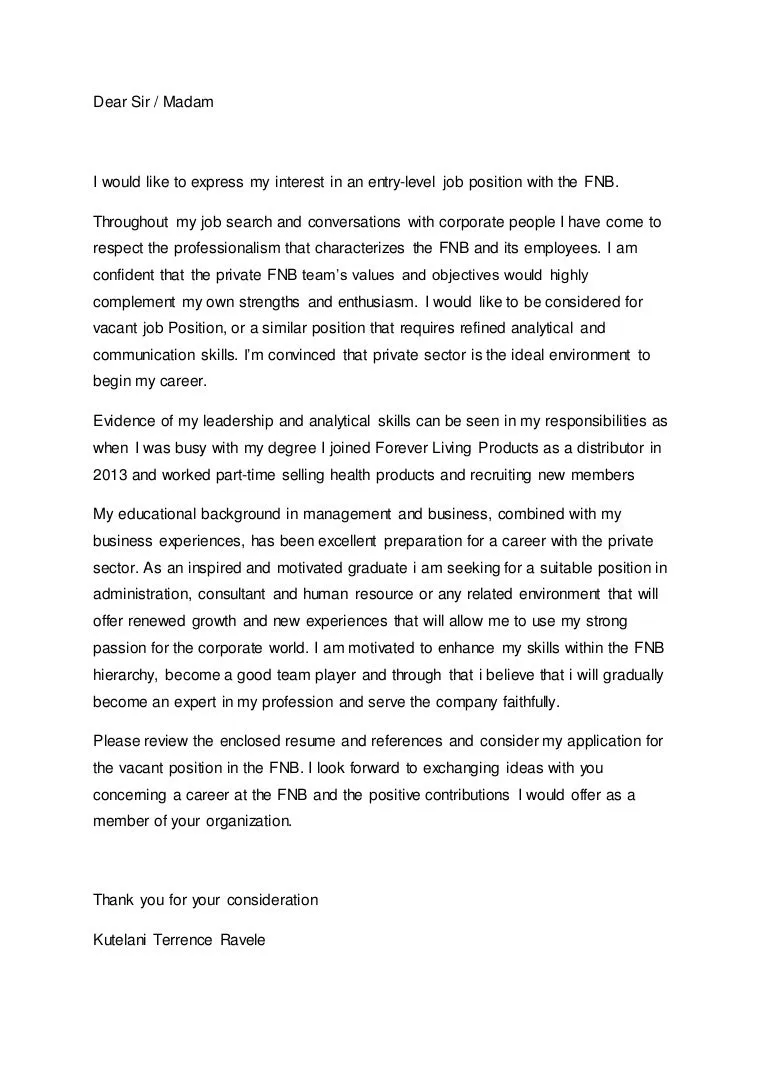
Identify the key features of successful cover letters. Pay attention to the structure, language, and content. Examine how they grab the reader’s attention in the opening paragraph. Notice how they match skills and experience to the job description. Take notes of the tone, professionalism, and how they express enthusiasm for the role and company. Adapt these elements to fit your profile.
Common Mistakes to Avoid in Your Letter
Avoiding common mistakes can make the difference between success and failure. Overused phrases and clichés, like ‘hard worker,’ should be avoided in favor of unique language. Typos and grammatical errors undermine professionalism; always proofread carefully. Lack of personalization shows a lack of effort; always address the hiring manager by name or position. Poor formatting and presentation make a letter hard to read and unappealing. Keep the letter concise, clear, and easy to scan. By avoiding these mistakes, you greatly improve your odds of getting the job.
Overused Phrases and Clichés
Steer clear of clichés such as ’team player,’ ‘results-oriented,’ and ‘go-getter.’ These terms are overused and don’t provide meaningful information. Instead, use specific examples and highlight your achievements. Use unique language and avoid generic statements. Show, don’t tell, by providing concrete examples of your skills and experience. This helps the reader understand your value.
Typos and Grammatical Errors
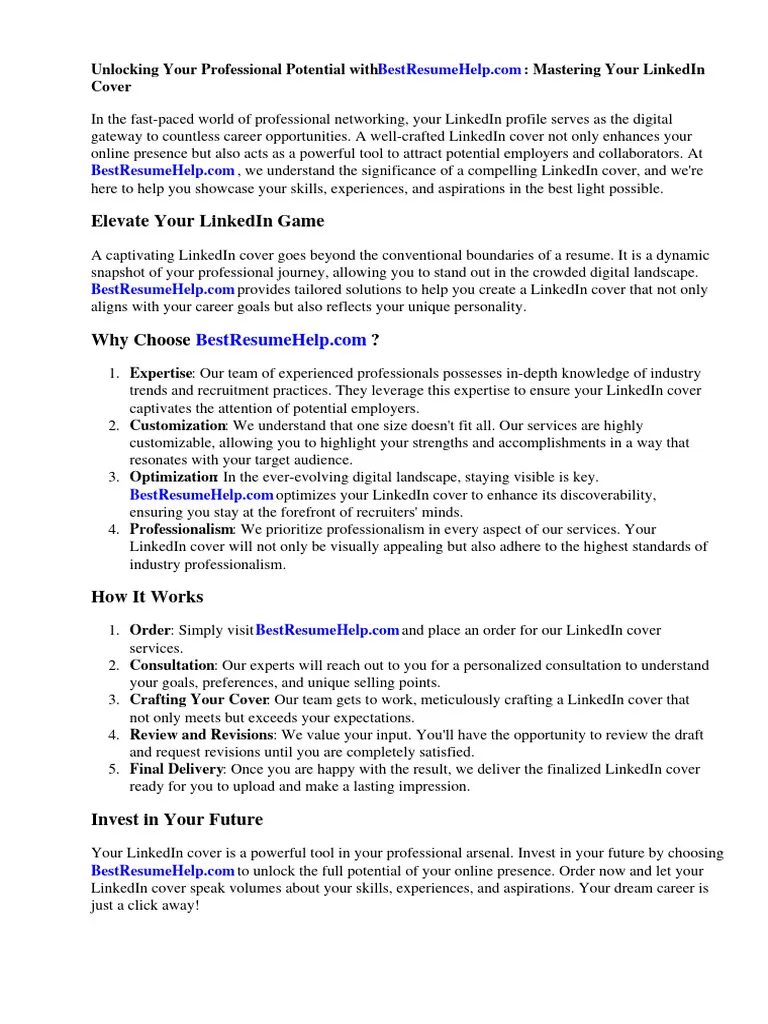
Always proofread your letter carefully. Correct spelling mistakes, grammatical errors, and punctuation issues. Ask someone else to review your letter for a fresh perspective. These errors can significantly damage your credibility. Attention to detail is essential in a professional cover letter.
Lack of Personalization
Avoid using a generic cover letter. Tailor your letter to each job and company. Personalize your message by addressing the hiring manager by name. Research the company and highlight how your values align with theirs. Show you understand the company’s needs and objectives. This shows the reader that you took the time to prepare for the application.
Formatting and Presentation Tips
Effective formatting makes a cover letter easy to read. Use a professional font, such as Arial or Times New Roman. Keep the font size between 10 and 12 points. Use clear headings and bullet points to make it scannable. Maintain consistent margins and spacing for a clean look. Limit the letter to one page. Well-formatted letters are more likely to be read and considered.
Formatting your LinkedIn Cover Letter
When you upload a document to LinkedIn, ensure it is formatted correctly. If you are sending it via LinkedIn’s messaging system, the formatting might change. Always proofread how it appears on LinkedIn. Use a clean and clear design, ensuring that the structure supports readability. Proper formatting keeps your information accessible and easier to review for the reader.
Proofreading and Editing
Proofread your cover letter thoroughly. Check for spelling, grammar, and punctuation errors. Ensure consistency in formatting. Ask a friend or career counselor to review your letter. Fresh eyes can catch mistakes you might miss. Revising your letter will greatly improve your chances of a positive outcome.
Examples of Cover Letter for Different Roles
Different roles require varied cover letters. An entry-level cover letter focuses on skills, education, and internships. For experienced professionals, highlight major achievements and management skills. Sales cover letters may highlight the capability to generate revenue, and tech-related jobs may emphasize technical expertise and projects. Customize your letter to match the job requirements and your personal situation. Tailor it to reflect your suitability for each unique role.
Entry-Level Cover Letter Example
An entry-level cover letter should emphasize education, relevant coursework, internships, and any volunteer or extracurricular experience. Mention your career goals and your enthusiasm for the opportunity. Highlight transferable skills, such as communication, teamwork, and problem-solving. Show that you are eager to learn and contribute. Provide specific examples from your experiences to demonstrate your skills and abilities.
Experienced Professional Cover Letter Example
An experienced professional’s cover letter should focus on significant accomplishments. Highlight achievements that demonstrate your value to the company. Quantify your results whenever possible. Showcase leadership skills and management capabilities. Address how you can solve the company’s challenges. Tailor the letter to the target job, showing that you have the experience and skills needed to succeed in the position.
How to Adapt Examples for Your Needs
When using examples, adapt them to your personal circumstances. Change the information, details, and language to reflect your individual experience. Customize the examples to match the specific job requirements. Focus on your strengths and how they relate to the job. Proofread and edit the adjusted example to ensure that it aligns with your profile and skills.
Customize the Examples to Yourself
Make sure the examples accurately reflect your personal background. Change the details to match your work history. Use your own language and style. Provide genuine examples from your experiences. Modify the content to show your unique skills and achievements.
Tips for Optimizing Your Letter for ATS
To improve your chances of success, focus on ATS optimization. ATS (Applicant Tracking System) are used by many companies to screen resumes and cover letters. Use keywords from the job description in your cover letter. Use simple formatting and avoid images and complex layouts. Ensure that the content is relevant and easily scanned by the system. These strategies improve your odds of getting your cover letter noticed.
Using Keywords Strategically
Identify the keywords from the job description. Incorporate these keywords into your cover letter naturally. Use the keywords in the skills section, experience descriptions, and other relevant areas. Be careful not to overuse keywords, as it can look unnatural. Make sure that your use of keywords matches the overall flow of your cover letter.
Formatting for Applicant Tracking Systems
Use a simple and clean format that can be easily read by an ATS. Avoid complex formatting, images, and unusual fonts. Use a standard font like Arial or Times New Roman. Save your cover letter as a .doc or .docx file. Keep the formatting simple to help the ATS effectively scan your application.
Final Tips for a Standout Cover Letter
To make your cover letter stand out, consider these final tips. Regularly update your cover letter to reflect changes to your job search, skills, and experience. Tailor the letter to each job, demonstrating genuine interest in the role and company. Proofread carefully for errors. Ensure that your cover letter is customized, concise, and demonstrates your value. Following these final tips will increase your chances of success.
Regularly Update Your Cover Letter
Keep your cover letter updated to reflect your most recent work experience, skills, and accomplishments. Review and revise your cover letter periodically. Tailor it to each job application. Keeping it current shows you are serious about the job and your career.
Track Your Applications and Results
Keep track of the cover letters you submit and the results you get. Analyze what worked and what did not. Use this information to improve future cover letters. Adjust your strategy based on the feedback you receive. Tracking your progress is an effective way to refine your cover letter writing and achieve your job search goals.
